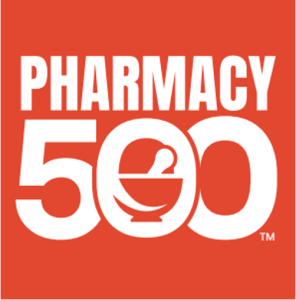Pharmacy Automation Today
A recent report published by Allied Market Research estimates that the global pharmacy automation system market is projected to grow to $11.21 billion by 2030. And, according to a market assessment from PharmWeb, leading the growth is the hospital pharmacy market.
Hospital pharmacy automation encompasses several areas, including several identified by the Pharmacy Times as follows:
— Automated robotics that handle vial-filling and packaging of medication.
— RFID-enabled retrieval and storage cabinets.
— Software that streamlines workflow and provides greater visibility over inventory and dispensation.
— Analytics that include artificial intelligence (AI) technology that helps pharmacists identify possible hazards and medications discrepancies in advance.
Automation solves several challenges for hospitals. First and foremost is the need to increase medication safety, an area which has always been a major concern for hospitals as they strive to improve patient outcomes and provide value-based care. It is also seen as a solution to help hospitals address staffing challenges through process automation. In essence, hospital pharmacy automation helps to optimize the time and efforts of valuable staff. Finally, it is the evolution of the technology itself, especially in areas such as AI that is driving increased interest in automation. Read more >






